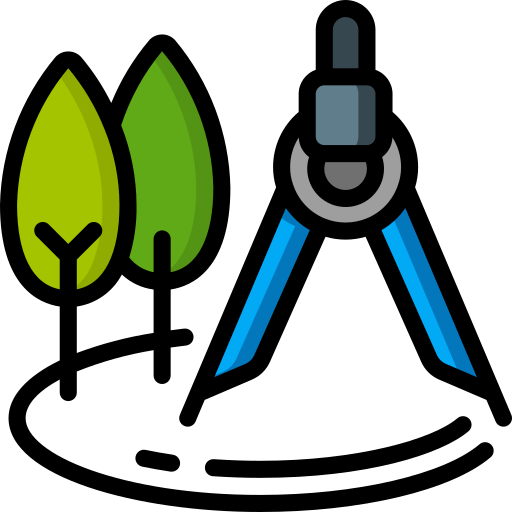What is Web Advancement?
Web Advancement is the work associated with building up a Web webpage for the Internet or an intranet. Web improvement can run from building up a basic single static page of plain content to complex Web-based Internet applications, electronic organizations, and informal community administrations.
A more thorough rundown of errands to which Web improvement regularly alludes may incorporate Web building, Web configuration, Web content turn of events, customer contact, Web worker, and web-based business advancement.
Web Advancement might be a shared exertion between divisions instead of the space of an assigned office. Front-end engineers are liable for conduct and visuals that run in the client program, while back-end designers manage the workers.
Web Advancement is the way toward building sites and applications for the web, or a private organization known as an intranet. Web advancement can be separated into three layers: customer-side coding, worker side coding, and information base innovation.
Web Advancement systems :
The back-finish of a site alludes to the worker side layer. This layer is avoided by the client’s view. The cooperation between the client and the back-end is dealt with using an introduction layer known as the front-end or customer side layer. A site is a marriage between these layers.
Back-end/worker side:
It dialects and structures Server-side dialects are the concealed web coding dialects that decide how your site functions and speaks with the web worker and your PC. While picking a worker side language, you have to consider:
- Cost: The expense changes relying upon the language you decide for your web improvement venture, as some are more many-sided than others, the designer may charge more. So the language picked may legitimately impact the pay of the engineer.
- Adaptability: When arranging a venture where versatility is a factor, consider whether there are engineers promptly accessible to create in this language. The absolute generally normal and well-known worker side dialects incorporate PHP, Java, Ruby, .NET, and Python.
Front end/customer side:
Web Advancement improvement dialects and structures Web clients have generally expected rich, intuitive encounters on the web, and intelligent site interfaces are an aspect of that. Front-end dialects, or customer side dialects, are dialects that are deciphered and executed in clients’ programs instead of on the web worker.
- Cost: Front-end language advancement costs are similarly lower than backend costs; albeit rich interface designers regularly request premium rates. Highlights: HTML, CSS, and JavaScript open-source dialects are frequently utilized together and are viable with most equipment and programming.
- Open source or exclusive programming: Any engineer can make additional items for or enhance open source programming, while exclusive programming is possessed and its utilization is limited. It very well may be less expensive to create in an open-source front-end language, for example, HTML.
- HTML5: HTML is the language for making sites, and HTML5 is the fifth emphasis of the language. It is likewise the name for a scope of advances that empower present-day web perusing highlights. It’s a particular distributed by the web principles body, depicting what highlights are accessible and how to utilize them
Web Advancement best practices:
Web engineers plan and make sites. They are answerable for the appearance of the site. How much traffic the website can deal with. Likewise, web engineers may make content for the website.
- Content administration :
Most sites today are assembled utilizing a substance the executive’s framework, or CMS. Content administration implies a framework for dealing with any type of substance. A web CMS is a product application that helps with dealing with your computerized resources and substance for your site.
It needs to encourage the making, gathering, overseeing, and distributing any material for your site. Dealing with a site is communitarian and includes different individuals, in different jobs, chipping away at the material, for example, designers, editors, distributors, chairmen, and even guests to your site.
A CMS furnishes apparatuses to permit clients with little information on web programming dialects or markup dialects to make and oversee site content
- Meta and title label customization:
The CMS you have either chosen or made ought to permit you to enter your meta labels for each page, just as permit full customization of title labels for each page. Note that Google doesn’t utilize catchphrase meta labels for positioning any longer.
URLs Instead of utilizing dynamic boundaries, the CMS ought to consider clean URLs by utilizing worker side changing. Clean URLs comprise just of the way to a site page without extra code.
- Customizable route:
A decent CMS will take into account adaptability while making the data engineering for a site. To include an extra substance for web crawlers, a CMS ought not to need that all substance pages be connected to from the landing page route. Responsive contemplations additionally should be set up for cell phones. The CMS needs to have great help in overseeing SEO contemplations.
For more information, click here: contact us. For more regular updates follow us on Facebook and Twitter.



